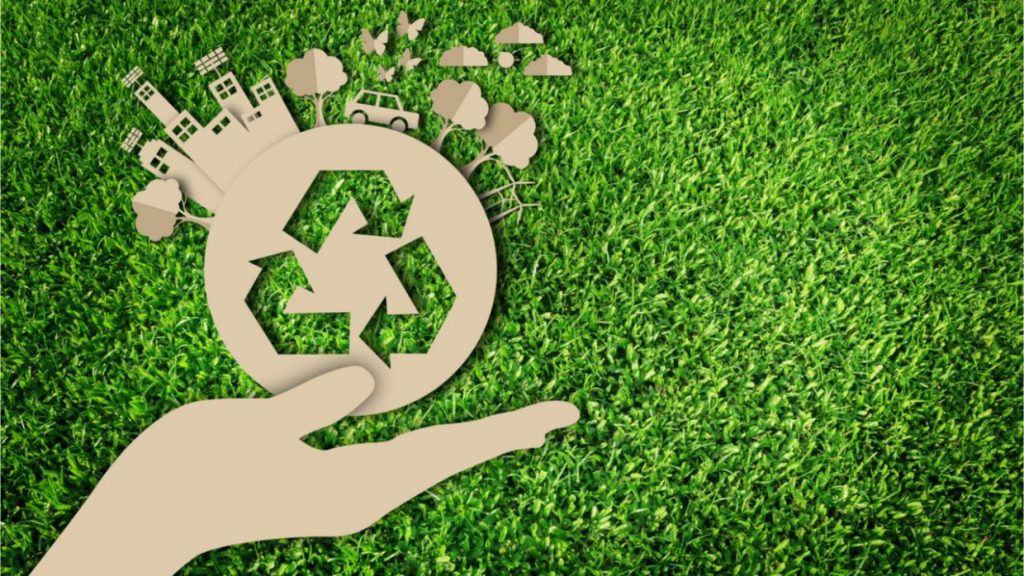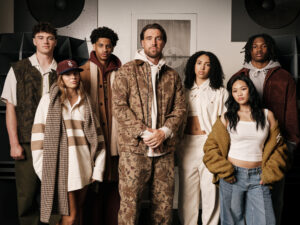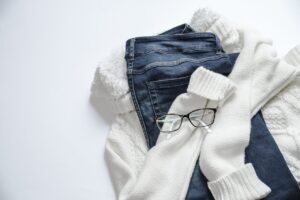What is ethical or sustainable fashion?
“fast fashion” outlines clothing which is not only cheaply made but intended to be only used in short-term, the better or even more “ethical” alternative is “sustainable fashion” which is the polar opposite of that and is even sometimes mentioned as “slow fashion.” It takes into account the full lifecycle of the product — from the design, sourcing, and production processes — and looks at everyone and everything being affected by it, from the environment, to the workers and communities where it’s produced, to the consumers who purchase it.
What is ethical or sustainable fashion?
It’s a difficult problem to handle in which several brands need to take into a count but right now there are five main issues being addressed in the fashion industry:
1. Water usage: The demands for fresh water for drinking and agriculture is far surpassing what’s available. Yes, the Earth is covered in water, but most of it is unusable salt water or has been polluted. As a result, some brands are now looking at the supply chains to see how they can cut back on how much water they’re using.
2. Hazardous chemicals: Dyes and finishes from the production processes are dangerous for the workers, plus they get into the community water sources. These chemicals may not affect the consumers, but they’re a problem for the people who make clothing and those who live in areas where it’s produced. Fashion and outdoor brands are now tasked with coming up with new ways to address dyes and finishes for features like wrinkle-resistance and water-repellency.
3. Short lifecycle: Stores are constantly launching new designs and consumers are regularly updating their wardrobes. The biggest goal in sustainable fashion is to buy less and use things longer. To make clothes last, there are platforms for closet-sharing, brands that promote buying used clothing, and simple yet durable styles that you can wear over and over again.
4. Waste: On top of having a short lifecycle, there needs to be a way to create less trash by making products useful again once they’ve run their course. One way is to repair garments (i.e. mending holes in jeans and replacing worn soles of shoes) while another opportunity comes from using recycled materials in apparel.
5. Agriculture: Natural fibers like cotton are often grown using pesticides and treatments that are harmful to the farmers, workers, and wildlife in the area. There are now more options for organic cotton, linen, and other fibers available, which also use less water than the conventional growing methods. Plus, brands are looking at being organic throughout the production process – not just the growing of the crop, which is only the first step.
Another key question in this topic is which are the most sustainable fabrics?
This would most likely be fabrics that are previously been used; anything new that has been produced – regardless of what material – has a negative impact on the environment. After that comes fabrics made with recycled material. Most commonly you’ll find polyester made from recycled water bottles. Just make sure you’re looking for specific details, like “100% recycled polyester” (some brands might market it as “made with partially recycled materials” when it’s really only a small portion).
Lastly, fabrics made with sustainable fibers are better than conventional ones, like organic fibers that use less chemicals and water, or Tencel that’s safer for workers and has less waste.
Read More:
what is the sandwich method in fashion
what is the fashion capital of the world

fashionabc is a fashion technology platform, comprising a digital directory and various other digital tools and supply chain solutions for the fashion industry ecosystem, that focus on ethical fashion and sustainability. We are building inclusive digital transformation tools for fashion professionals who are willing to take steps towards a more sustainable ethical fashion industry, by adopting AI and DLT blockchain technology.
* building digital profile and IP solutions for fashion businesses
* tackle issues such as provenance and counterfeit in supply chain
* contribute to the construction of a meritocratic ethical fashion industry which is certified and part of the circular economy












